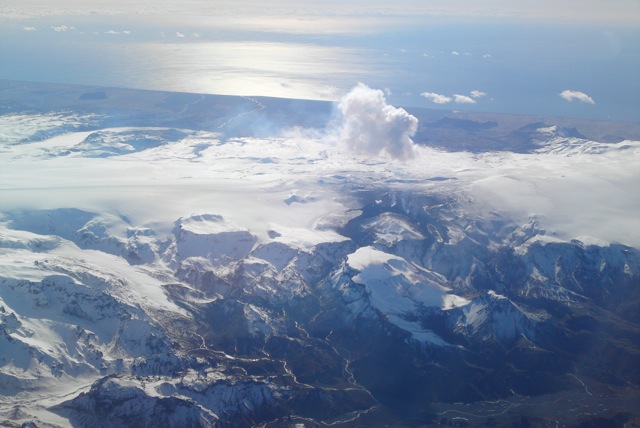by W.M. Wiggins
Do you remember Icarus from Greek Mythology? Well, he may have been the first and original flyboy……… you see, piloting goes w-a-a-a-y back.
Icarus and his father, Daedalus, were being held captive in a sky-high tower of that nasty King Minos of Crete… and it was a far piece to the ground, let me tell you….even by Texas standards.
Icarus’ father, Daedalus, who was widely recognized as the master of ingenuity, concocted flyable wings from bee’s wax and feathers. That was just about all the material to be found in that high, old tower. Once those bird-like wings were securely mounted on Icarus and Daedalus, they were almost ready to take flight…but first, that obligatory pre departure briefing.
“Son”, says Icarus’ father, “Don’t fly too close to the Sun or too close to the water.” “If you do, son, you will be in a h-e-a-p of trouble.”
Well, we know the rest of the story. Icarus, flying in a loose formation behind his father, became bored. He zoom-climbed high toward that hot, hot, sun…melting the wax that held the feathers in place. Ploop! Into the sea he went and drowned.
Fast forward. That was then, this is now.
Iceland’s EYJAFJALLAJOKULL volcano (that’s easy for you to say) goes Ka Boom!
In this explosive eruption, volcanic ash is taken tens of thousands of feet into the air….and that’s the rub. Jet airliners need to fly in this airspace.
So, what’s the Big Deal? Ash, that’s just like dirtier dirt…right?
UNFORTUNATELY, NOOOOOOOO…..!!!
These plumes of volcanic ash are fine, pulverized miniature glass (silicate) rocks……like the kind of “dirt” used in sand blasting. Place a jet aircraft in that ash cloud and the “blasted off” paint will be the least of your worries.
Ideally, jet engines work on the “Suck”, “Squeeze”, “Bang”,“Blow” principle.
The air is sucked in. The air is squeezed or compressed. The air is given fuel and ignition for the bang. The air blows or escapes through the tail exhaust, pushing the aircraft forward. (two bolts attach the engine to the wing… and the engines actually pull the aircraft forward )
Now, if you throw that silicate ash/rock into the mix….that “bang” at 2,000 degrees Fahrenheit can turn the jet engine into a lava-making machine in a hurry. Ouch …and that will gum up the works.
So, use that radar and avoid that ash cloud. Oooops….weather radar does a poor job of detecting ash clouds.
So, how would you know you are in an ash cloud?
Well, you are very likely to smell it first. It will smell ‘electrical” or acrid. There may be a smoky haze in the cockpit ( pc...flight deck ) or cabin. Engine surging, torching of the tailpipe, and glowing on the leading edge of wings or engines may occur. St. Elmos’ Fire may be present on the forward windshields. There may be cabin pressure fluctuation or loss of cabin pressure.
So, what can be done if you are in it?
The crew can go on O2 (oxygen) and drop the masks for the cabin.
A rapid power off turning (180 degrees) descent might be initiated.
Should an engine flame out, a restart at lower altitude may do the trick.
What has been presented here are generalities about what could happen in ash cloud penetration.
Many folks today, like Icarus, want to escape from where they are and travel to new points. However, when the first airliner KaPlops into the ashen sea, there will be echoes of Icarus…” You were told NOT to fly near the ….”
Answering your questions in our ASK THE CAPTAIN column is, Michael Wiggins, a retired airline pilot who has spent the better part of his life shuttling passengers around the globe. Do you have questions for YourLifeIsATrip's airline pilot? Submit your question and look for answers in a future column.
